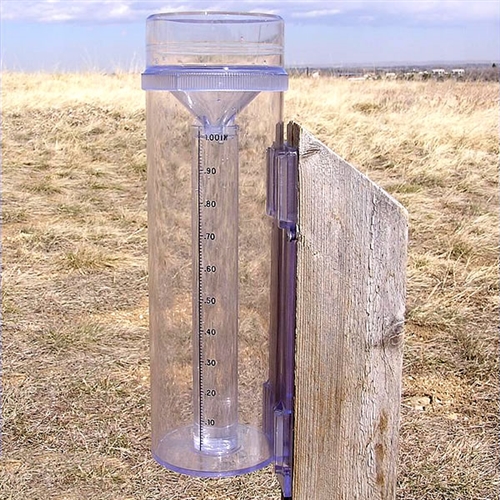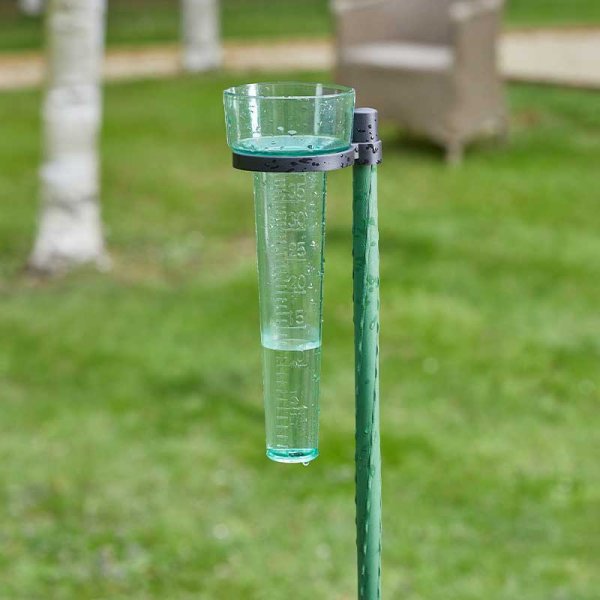Unveiling the Scientific Research Behind Rain Evaluates: How These Instruments Play an Essential Function in Environment Research and Environmental Tracking
Rainfall evaluates, apparently straightforward devices, hold an extensive value in the world of climate research study and environmental tracking. These simple instruments quietly accumulate one of nature's most vital aspects-- rainfall. Yet, behind their plain facade exists an intricate science that is essential for recognizing the dynamics of our atmosphere. As we peel back the layers of this scientific shroud surrounding rainfall evaluates, we reveal a world where precision, data precision, and careful monitoring converge to reveal a much deeper understanding of our altering climate and its effect on the planet.
Value of Rain Scales
Rainfall evaluates play an important role in surveillance and measuring rainfall levels, giving essential information for climate study and analysis. These gadgets are fundamental in evaluating the amount of rainfall that occurs in a specific location over a certain duration. By accumulating and gauging rain, rain gauges offer beneficial insights right into the circulation and strength of rainfall, helping meteorologists, hydrologists, and climatologists in comprehending weather condition patterns and fads.
One of the essential reasons rainfall assesses are crucial is their capacity to supply localized and exact information. Unlike satellite or radar-based dimensions, which supply more comprehensive observations, rainfall gauges deal precise info specific to the place where they are positioned. This localized information is vital for different applications, consisting of flood forecasting, dry spell monitoring, and water source administration. Additionally, long-lasting data gathered from rain gauges helps in examining environment change effects and patterns, adding considerably to scientific study and decision-making procedures. Essentially, rain determines work as necessary devices in the field of meteorology and environmental scientific research, playing a crucial duty beforehand our understanding of weather condition and environment characteristics.
Types of Rainfall Scales

Functionality and Operation
In the world of climate study and meteorological studies, the efficiency of rain determines lies in their complex functionality and exact operational devices. Rain determines are developed to precisely determine the amount of precipitation that drops over a particular area during a set duration.
The functionality of rainfall assesses is based upon the concept of determining and accumulating rainwater in a standard fashion. This accumulated data is critical for comprehending regional weather patterns, tracking long-term climate patterns, and analyzing ecological effects. To guarantee accurate measurements, rain determines need to be purposefully positioned in open areas far from blockages such as buildings or trees that might hinder the collection procedure.
The operational element of rainfall determines includes normal maintenance to stop debris build-up, calibration checks to keep measurement precision, and data videotaping for analysis (rain gauge). In general, the capability and operation of rain assesses are essential for collecting dependable rainfall data essential to climate research study and ecological tracking
Duty in Environment Study
Offered the crucial significance of accurate rainfall dimensions in recognizing weather patterns and environmental impacts, the function of rain assesses in climate research study is vital. Rainfall assesses offer necessary data for climate research by evaluating the quantity of rainfall that tips over a particular location throughout a provided duration. This information is important for monitoring lasting trends in precipitation patterns, assessing the influence of environment change on rainfall circulation, and enhancing climate versions.

Climate researchers use data accumulated from rain determines to evaluate variants in rainfall levels, recognize regional environment trends, and review the efficiency of water source administration strategies. By contrasting historical rainfall data with present measurements, scientists can detect shifts in rainfall patterns, such as changes in the regularity or strength of rainfall events. This details is important for understanding how environment change is influencing rainfall characteristics and can help policymakers make educated decisions pertaining to adaptation and mitigation methods.
Applications in Ecological Monitoring

In flooding forecasting, rainfall scale information aids to track rains intensity and distribution, permitting authorities to release timely warnings and take necessary actions to minimize flooding risks (rain gauge). Dry spell monitoring relies upon rainfall gauge data to analyze dampness levels in the soil and track rainfall shortages, aiding in the identification of drought-prone locations and the application of drought response approaches
In addition, rainfall gauge data plays a vital role in water source administration by offering information on water availability and usage fads. This information is made use of to make useful site educated choices relating to water allowance, preservation procedures, and sustainable water source planning. Furthermore, in agriculture, rainfall gauge information assists farmers in enhancing irrigation routines, plant choice, and total farm monitoring practices based upon local precipitation patterns. On the whole, rain determines are important devices in environmental tracking, using important insights that add to notified decision-making and sustainable resource monitoring.
Conclusion
In final thought, rain assesses are crucial devices for measuring precipitation, offering important data for climate research and environmental surveillance. With numerous kinds and capabilities, rain determines play an important function in comprehending precipitation patterns and their influence on the environment. By precisely measuring rainfall, these devices contribute to the advancement of clinical expertise and assistance in making notified decisions pertaining to water source administration and catastrophe preparedness.
Rain evaluates play a vital function in monitoring and gauging rainfall degrees, supplying necessary information for climate research and evaluation. browse around this web-site The common rain gauge, understood as the "tipping container" gauge, is one of the most commonly made use of gadgets. Ultrasonic rain evaluates usage audio waves to find the existence of rainfall, supplying real-time data on precipitation levels.Climate scientists use data collected from rainfall evaluates to examine variants in precipitation levels, recognize regional climate fads, and review the effectiveness of water source monitoring methods.In conclusion, rainfall gauges are essential tools for gauging rainfall, giving useful data for environment study look at this now and ecological monitoring.
Comments on “Expert Tips for Making Use Of a Rain Gauge to Monitor Resident Weather Issues”